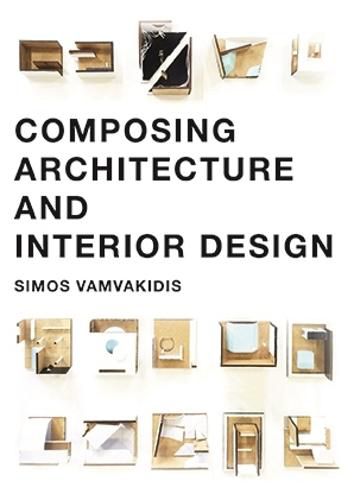Readings Newsletter
Become a Readings Member to make your shopping experience even easier.
Sign in or sign up for free!
You’re not far away from qualifying for FREE standard shipping within Australia
You’ve qualified for FREE standard shipping within Australia
The cart is loading…






Composing Architecture and Interior Design introduces different ways of creating architectural space. It explains how to compose architectural and interior design spaces step by step
starting in the first years of architecture and interior design studies.
The book starts with introducing different spatial configurations using basic elements such as walls, floors and ceilings in order to create spaces with different architectural characteristics, such as collective or transition spaces. Photos of physical models are graphically edited to ensure a comprehensive visual explanation. Physical models are the main tool for all architecture and interior architecture students, allowing readers to understand, relate to and copy the modelling techniques shown in each example.
Throughout the book this same approach is used, in order to explain step by step the most contemporary approaches to composing space, such as folding surfaces or combining curves. Which are already often used in contemporary practices and are globally acknowledged.
$9.00 standard shipping within Australia
FREE standard shipping within Australia for orders over $100.00
Express & International shipping calculated at checkout
Composing Architecture and Interior Design introduces different ways of creating architectural space. It explains how to compose architectural and interior design spaces step by step
starting in the first years of architecture and interior design studies.
The book starts with introducing different spatial configurations using basic elements such as walls, floors and ceilings in order to create spaces with different architectural characteristics, such as collective or transition spaces. Photos of physical models are graphically edited to ensure a comprehensive visual explanation. Physical models are the main tool for all architecture and interior architecture students, allowing readers to understand, relate to and copy the modelling techniques shown in each example.
Throughout the book this same approach is used, in order to explain step by step the most contemporary approaches to composing space, such as folding surfaces or combining curves. Which are already often used in contemporary practices and are globally acknowledged.